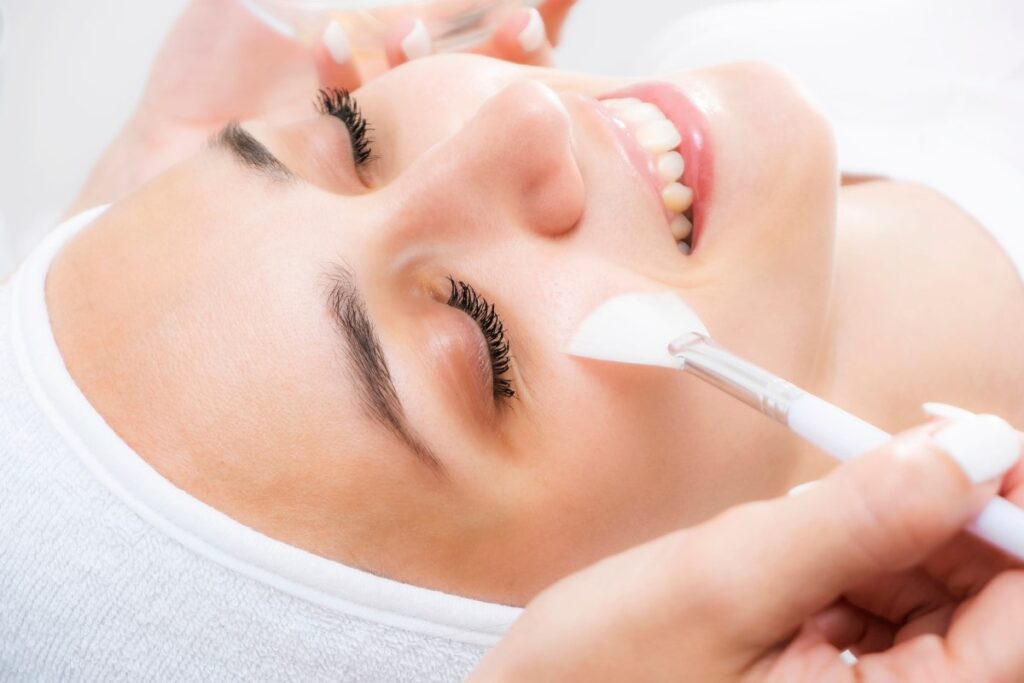Facial rejuvenation procedures are a common topic of interest for individuals exploring aesthetic treatments. One option that has gained attention is Platelet-Rich Plasma, or PRP, therapy. Understanding how this treatment works, what it involves, and the potential outcomes can help you make an informed decision about your skincare journey.
What Is PRP Therapy?
PRP therapy is a procedure that utilizes a concentrated sample of a patient’s own platelets. The process begins with a standard blood draw from your arm. This blood sample goes into a centrifuge, a machine that spins at a high speed to separate the different components of the blood.
Through this spinning process, red blood cells become separated from the plasma, the liquid portion of the blood. The centrifuge also concentrates the platelets within this plasma. This resulting platelet-rich plasma is the substance used in the treatment. It contains a higher concentration of platelets than is typically found in blood.
How Does PRP Rejuvenate?
The PRP preparation is applied to the face, often in conjunction with a procedure like microneedling. Microneedling creates tiny, controlled micro-injuries in the skin. This process on its own stimulates the body’s natural healing response.
When PRP is applied to the skin following microneedling, the platelets and associated growth factors can penetrate the skin through these micro-channels. The body’s natural tissue repair processes include platelets that release growth factors.. The combination supports the skin’s own restorative functions. This can affect the appearance of the skin’s texture and tone over time.
What Results Can You Expect?
PRP facial treatments offer a natural approach to enhancing skin texture and reducing fine lines, but results can vary depending on the individual’s unique characteristics. These treatments work by stimulating the body’s natural cellular repair processes, which take time to show visible improvements.
- Gradual Results: PRP relies on your body’s natural healing, so changes like improved skin texture and firmness develop over time.
- Reduction in Fine Lines: Many individuals notice a decrease in the appearance of fine lines after completing a series of treatments.
- Series of Treatments Recommended: To achieve the best results, providers often suggest multiple sessions spaced weeks or months apart.
- Maintenance Sessions: After the initial series, occasional maintenance treatments may help sustain improvements.
- Personalized Plan: The number and frequency of sessions depend on your specific skin goals and your provider’s recommendations.
While PRP results are not immediate, the gradual improvements often provide a more natural enhancement to the skin. Partnering with an experienced provider helps create a treatment plan tailored to your individual needs and goals.
Consult a Specialist
The first step in determining if PRP is a suitable option for you is to consult with a qualified specialist. A professional can evaluate your skin, discuss your personal aesthetic goals, and explain the procedure in detail. This consultation offers an opportunity to ask questions and receive personalized guidance, helping you feel confident and supported in your decision-making process. Schedule an appointment with a trusted provider today to explore your options and see if PRP is a good fit for you.







